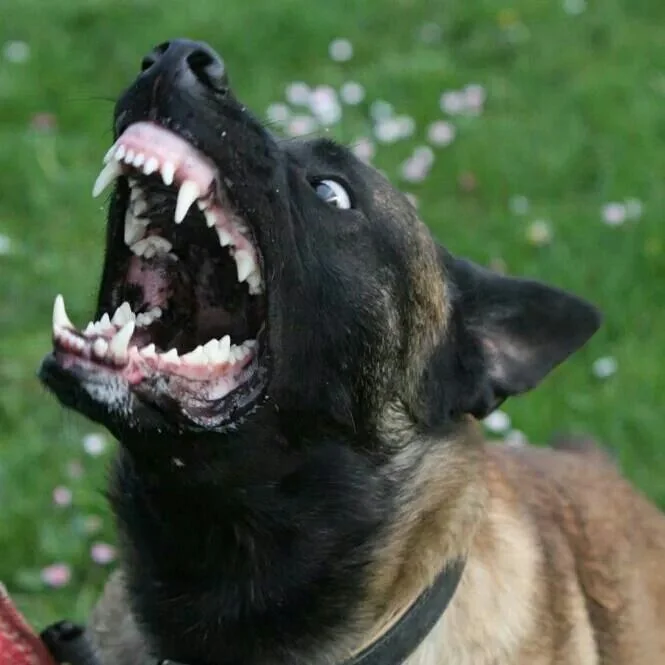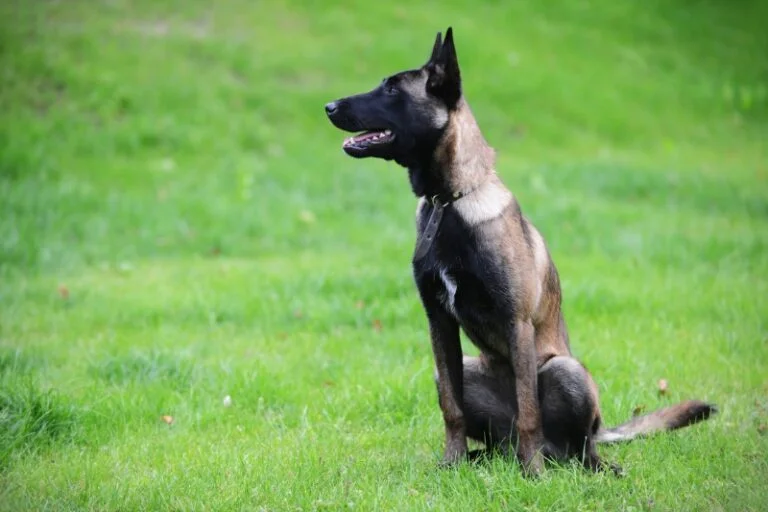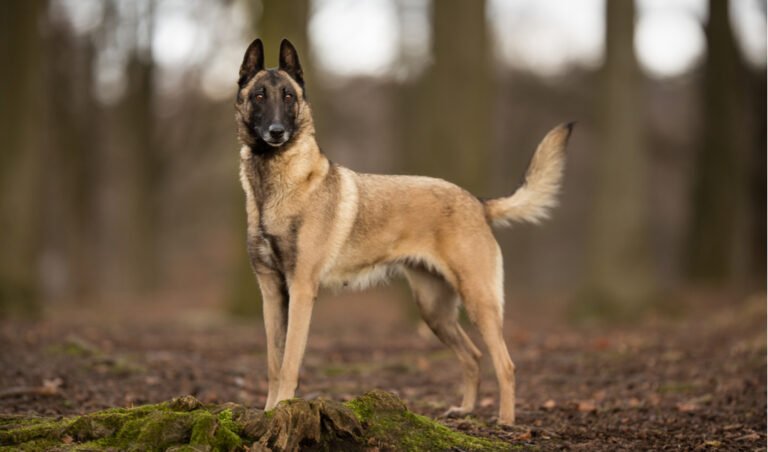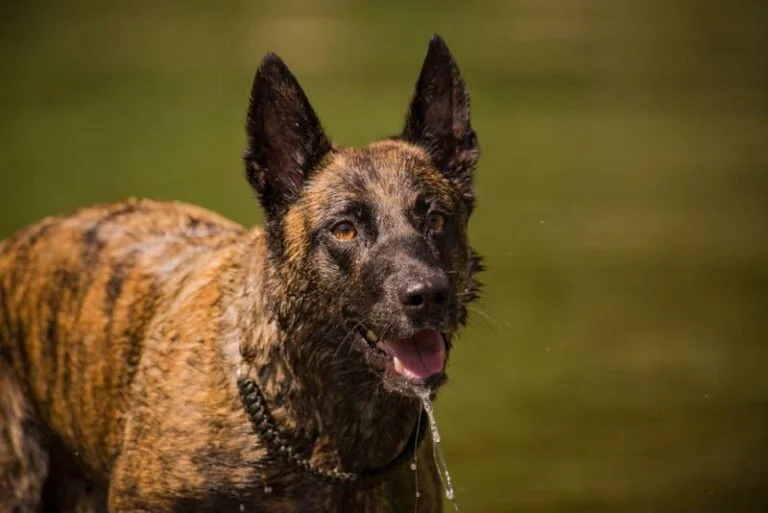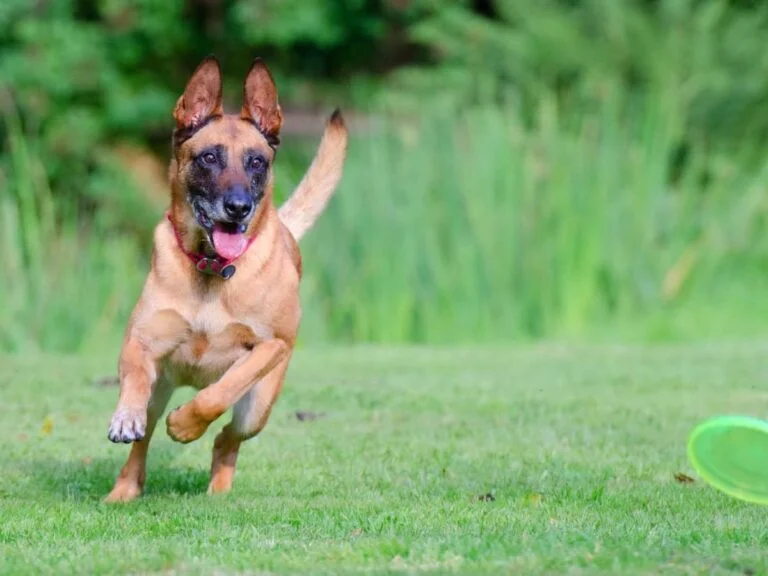What Countries Are Belgian Malinois Banned In?
Belgian Malinois, a breed known for its intelligence, agility, and loyalty, has been increasingly popularized due to its use in police and military roles. However, their same traits that make them exceptional in specialized fields also cause concerns for certain governments. The question arises: “What countries are Belgian Malinois banned in?” In this guide, we’ll traverse the globe to offer a detailed understanding of the countries where owning a Belgian Malinois might be restricted and the reasons behind such regulations.
1. The Nature of the Belgian Malinois
Before diving into specific country restrictions, it’s essential to understand the breed. Originally bred for herding in Belgium, the Malinois possesses high energy, intelligence, and a drive to work. These characteristics can be double-edged: in the right environment and with proper training, they’re unmatched in their skills; but if neglected or mishandled, they can become unmanageable or even aggressive.
2. The Reasons Behind the Bans
Several concerns lead nations to consider restrictions or outright bans:
a. Potential Aggressiveness:
Any dog, if not correctly trained, can manifest aggressive traits. For breeds as powerful and intelligent as the Malinois, such behavior can pose significant risks.
b. Overbreeding:
The breed’s popularity, especially after appearing in media or due to their police roles, can lead to irresponsible breeding, resulting in health and behavioral issues.
c. Inexperienced Ownership:
Malinois require knowledgeable handlers. They’re not typically suitable for first-time dog owners because of their specific needs for training and exercise.
3. Countries with Bans or Restrictions
While not exhaustive, here’s a list of countries that have placed restrictions or bans on the breed:
a. Iceland:
Iceland has stringent regulations on dog ownership. While not exclusively banning Belgian Malinois, the nation has restrictions on importing many breeds, primarily for environmental and health concerns.
b. Ukraine:
Ukraine lists the Belgian Malinois among breeds considered potentially dangerous, requiring owners to adhere to specific regulations.
c. Belarus:
Similarly, in Belarus, the breed is deemed potentially dangerous, leading to restrictions on their ownership and public appearance.
d. Malaysia:
Specific regions in Malaysia have placed bans on owning Belgian Malinois due to concerns about potential aggressive behaviors.
4. Traveling with a Belgian Malinois
a. Research Ahead:
Even if not residing in a country with restrictions, it’s essential to research ahead if you plan to travel with your Malinois.
b. Understanding Quarantines:
Some countries might not ban the breed but could require extended quarantines upon arrival.
c. Breed Misidentification:
At times, Belgian Malinois might be mistaken for breeds that are restricted. It’s recommended to carry documents that clearly identify your pet’s lineage.
5. Adopting Responsibly
If considering adopting a Belgian Malinois:
a. Understand the Commitment:
Recognize the time, effort, and commitment that goes into training and caring for this breed.
b. Work with Reputable Breeders:
Ensure that the breeders follow ethical practices and prioritize the health and temperament of their litters.
c. Training is Essential:
To mitigate the risks of aggressive or unwanted behaviors, invest in professional training and socialization from a young age.
Conclusion:
Answering the central query, “What countries are Belgian Malinois banned in?”, takes us through a journey of understanding the unique nature of this breed and the diverse reasons behind the regulatory measures. It’s a testament to the importance of responsible breeding and ownership. While Belgian Malinois are undoubtedly exceptional dogs, potential owners should be equipped with knowledge and commitment to ensure the well-being of the dog and the safety of the community.


